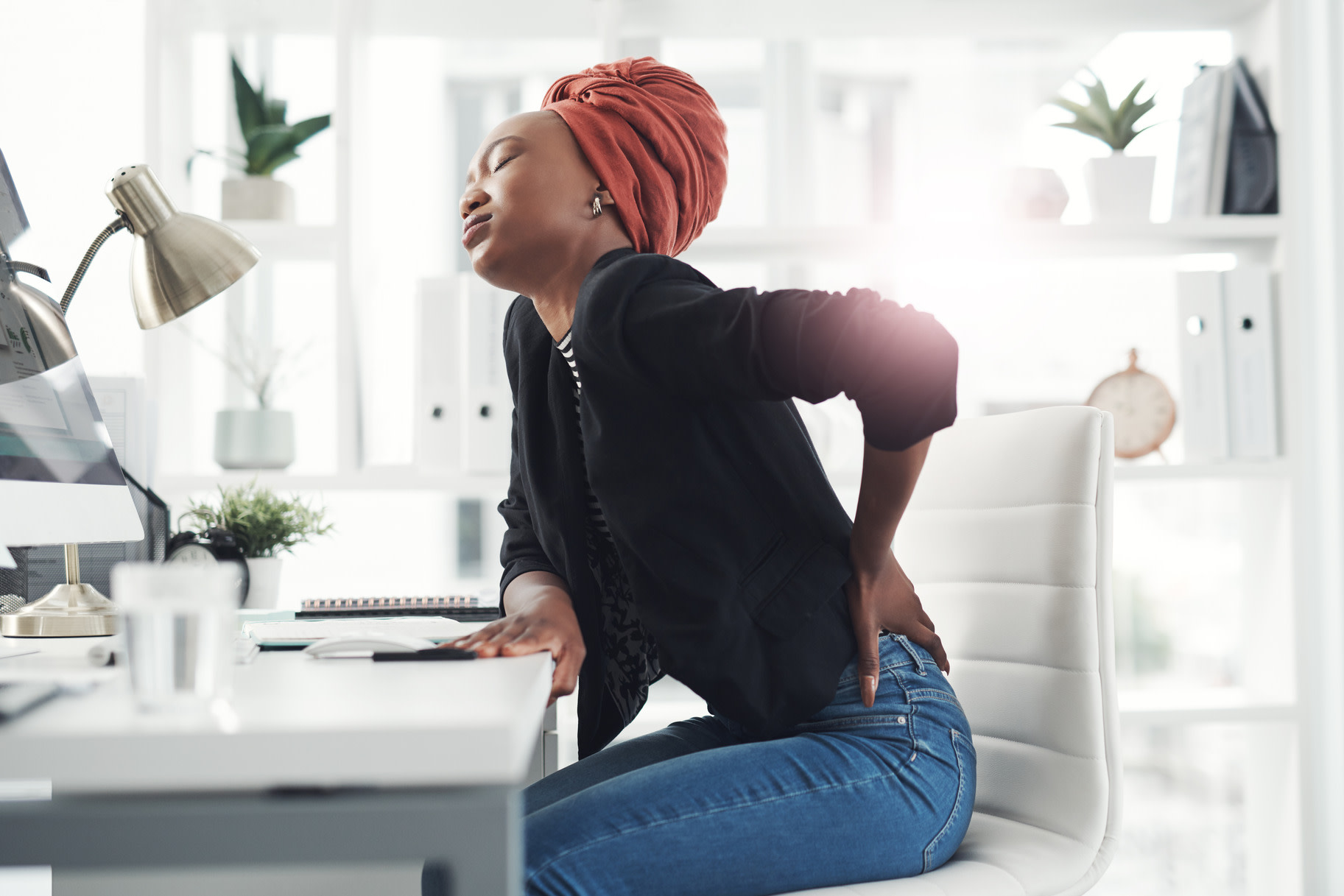Tailbone pain when sitting: causes, treatments, exercises
When it hurts to sit, it’s hard to function. Learn about what causes tailbone pain when you sit and how to relieve it with physical therapy exercises.
0 $ pour vous
Dernière mise à jour : May 7, 2025
Table des matières
Fully Covered Pelvic Care
Find relief from pelvic pain, leakage, muscle weakness, & more.
Check if I'm eligibleExercises for tailbone pain
Want expert care? Check if you're covered for our free program →- Figure Four Stretch
- Child's Pose
- Seal Stretch
- Cat Cow
